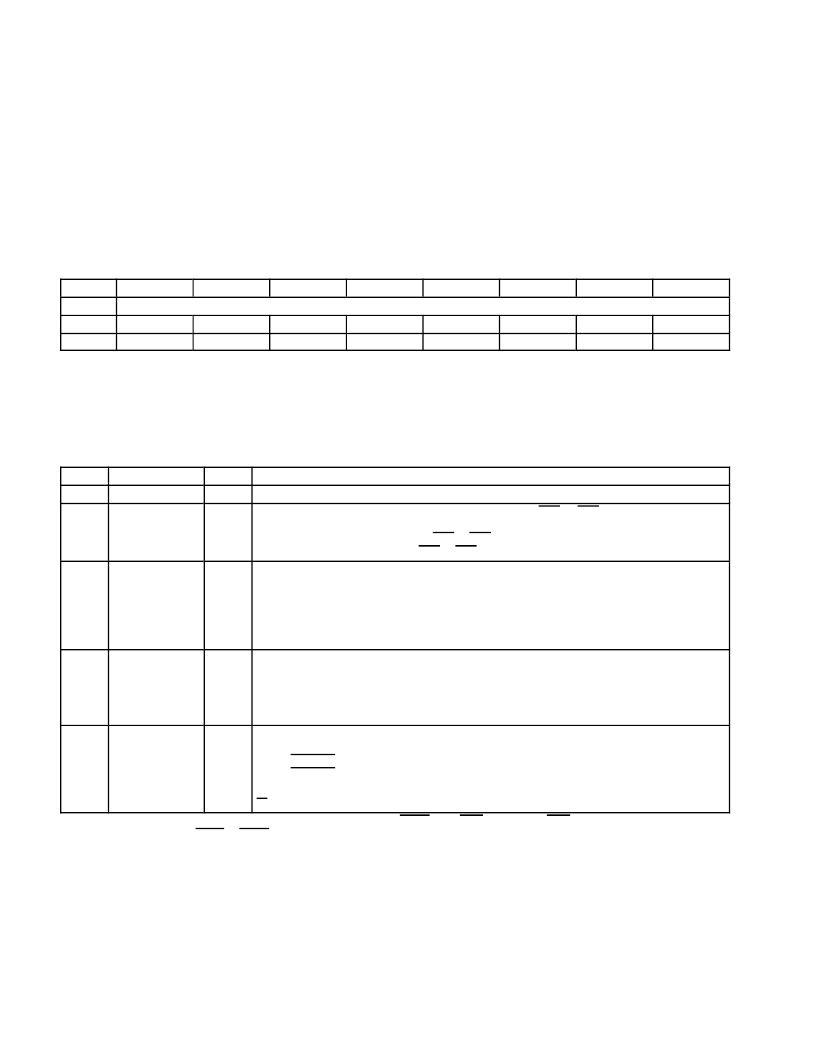- 您現(xiàn)在的位置:買賣IC網(wǎng) > PDF目錄369950 > PCI1620PDV Controller Miscellaneous - Datasheet Reference PDF資料下載
參數(shù)資料
| 型號(hào): | PCI1620PDV |
| 英文描述: | Controller Miscellaneous - Datasheet Reference |
| 中文描述: | 控制器雜項(xiàng)-數(shù)據(jù)表參考 |
| 文件頁數(shù): | 116/164頁 |
| 文件大?。?/td> | 720K |
| 代理商: | PCI1620PDV |
第1頁第2頁第3頁第4頁第5頁第6頁第7頁第8頁第9頁第10頁第11頁第12頁第13頁第14頁第15頁第16頁第17頁第18頁第19頁第20頁第21頁第22頁第23頁第24頁第25頁第26頁第27頁第28頁第29頁第30頁第31頁第32頁第33頁第34頁第35頁第36頁第37頁第38頁第39頁第40頁第41頁第42頁第43頁第44頁第45頁第46頁第47頁第48頁第49頁第50頁第51頁第52頁第53頁第54頁第55頁第56頁第57頁第58頁第59頁第60頁第61頁第62頁第63頁第64頁第65頁第66頁第67頁第68頁第69頁第70頁第71頁第72頁第73頁第74頁第75頁第76頁第77頁第78頁第79頁第80頁第81頁第82頁第83頁第84頁第85頁第86頁第87頁第88頁第89頁第90頁第91頁第92頁第93頁第94頁第95頁第96頁第97頁第98頁第99頁第100頁第101頁第102頁第103頁第104頁第105頁第106頁第107頁第108頁第109頁第110頁第111頁第112頁第113頁第114頁第115頁當(dāng)前第116頁第117頁第118頁第119頁第120頁第121頁第122頁第123頁第124頁第125頁第126頁第127頁第128頁第129頁第130頁第131頁第132頁第133頁第134頁第135頁第136頁第137頁第138頁第139頁第140頁第141頁第142頁第143頁第144頁第145頁第146頁第147頁第148頁第149頁第150頁第151頁第152頁第153頁第154頁第155頁第156頁第157頁第158頁第159頁第160頁第161頁第162頁第163頁第164頁

5
–
10
5.5
ExCA Card Status-Change Register
The ExCA card status-change register controls interrupt routing for I/O interrupts as well as other critical 16-bit PC
Card functions. The register enables these interrupt sources to generate an interrupt to the host. When the interrupt
source is disabled, the corresponding bit in this register always reads 0. When an interrupt source is enabled, the
corresponding bit in this register is set to indicate that the interrupt source is active. After generating the interrupt to
the host, the interrupt service routine must read this register to determine the source of the interrupt. The interrupt
service routine is responsible for resetting the bits in this register as well. Resetting a bit is accomplished by one of
two methods: a read of this register or an explicit writeback of 1 to the status bit. The choice of these two methods
is based on bit 2 (interrupt flag clear mode select) in the ExCA global control register (CB offset 81Eh, see
Section 5.20). See Table 5
–
7 for a complete description of the register contents.
Bit
7
6
5
4
3
2
1
0
Name
ExCA card status-change
Type
R
R
R
R
R
R
R
R
Default
0
0
0
0
0
0
0
0
Register:
Type:
Offset:
ExCA card status-change
Read-only
CardBus socket address + 804h; Card A ExCA offset 04h
Card B ExCA offset 44h
Default:
00h
Table 5
–
7. ExCA Card Status-Change Register Description
BIT
SIGNAL
TYPE
FUNCTION
7
–
4
RSVD
R
Reserved. Bits 7
–
4 return 0s when read.
3
CDCHANGE
R
Card detect change. Bit 3 indicates whether a change on CD1 or CD2 occurred at the PC Card
interface. This bit is encoded as:
0 = No change detected on either CD1 or CD2
1 = Change detected on either CD1 or CD2
2
READYCHANGE
R
Ready change. When a 16-bit memory is installed in the socket, bit 2 includes whether the source of
a PCI1620 interrupt was due to a change on READY at the PC Card interface, indicating that the
PC Card is now ready to accept new data. This bit is encoded as:
0 = No low-to-high transition detected on READY (default)
1 = Detected low-to-high transition on READY
When a 16-bit I/O card is installed, bit 2 is always 0.
1
BATWARN
R
Battery warning change. When a 16-bit memory card is installed in the socket, bit 1 indicates whether
the source of a PCI1620 interrupt was due to a battery-low warning condition. This bit is encoded as:
0 = No battery warning condition (default)
1 = Detected battery warning condition
When a 16-bit I/O card is installed, bit 1 is always 0.
0
BATDEAD
R
Battery dead or status change. When a 16-bit memory card is installed in the socket, bit 0 indicates
whether the source of a PCI1620 interrupt was due to a battery dead condition. This bit is encoded as:
0 = STSCHG deasserted (default)
1 = STSCHG asserted
Ring indicate. When the PCI1420 is configured for ring indicate operation, bit 0 indicates the status of
RI.
These are PME context bits and can be cleared only by the assertion of GRST when PME is enabled. If PME is not enabled, then these bits are
cleared by the assertion of PRST or GRST.
相關(guān)PDF資料 |
PDF描述 |
|---|---|
| PCI2050A | 32-Bit. 66MHz. 9-Master PCI-to-PCI Bridge |
| PCI2050GHK | BUS CONTROLLER |
| PCI2050PDV | BUS CONTROLLER |
| PCI9054AB50BI | Interface IC |
| PCI9036 | Telecommunication IC |
相關(guān)代理商/技術(shù)參數(shù) |
參數(shù)描述 |
|---|---|
| PCI-1620U | 制造商:ADVANTECH 制造商全稱:Advantech Co., Ltd. 功能描述:8-port RS-232 PCI Communication Card, with Surge Protection |
| PCI1620ZHK | 功能描述:外圍驅(qū)動(dòng)器與原件 - PCI PC Card Flash & Smart Card Cntrlr RoHS:否 制造商:PLX Technology 工作電源電壓: 最大工作溫度: 安裝風(fēng)格:SMD/SMT 封裝 / 箱體:FCBGA-1156 封裝:Tray |
| PCI-1622A-BE | 制造商:Advantech Co Ltd 功能描述:8PORT RS-422/485 PCI COM CARD - Trays 制造商:Advantech Co Ltd 功能描述:8-port RS-422/485 UPCI COMM card |
| PCI-1622CU | 制造商:ADVANTECH 制造商全稱:Advantech Co., Ltd. 功能描述:8-port RS-422/485 Universal PCI Communication Card with Isolation & EFT Protection |
| PCI-1625U | 制造商:ADVANTECH 制造商全稱:Advantech Co., Ltd. 功能描述:8-port Intelligent RS-232 Universal PCI Communication Card |
發(fā)布緊急采購,3分鐘左右您將得到回復(fù)。